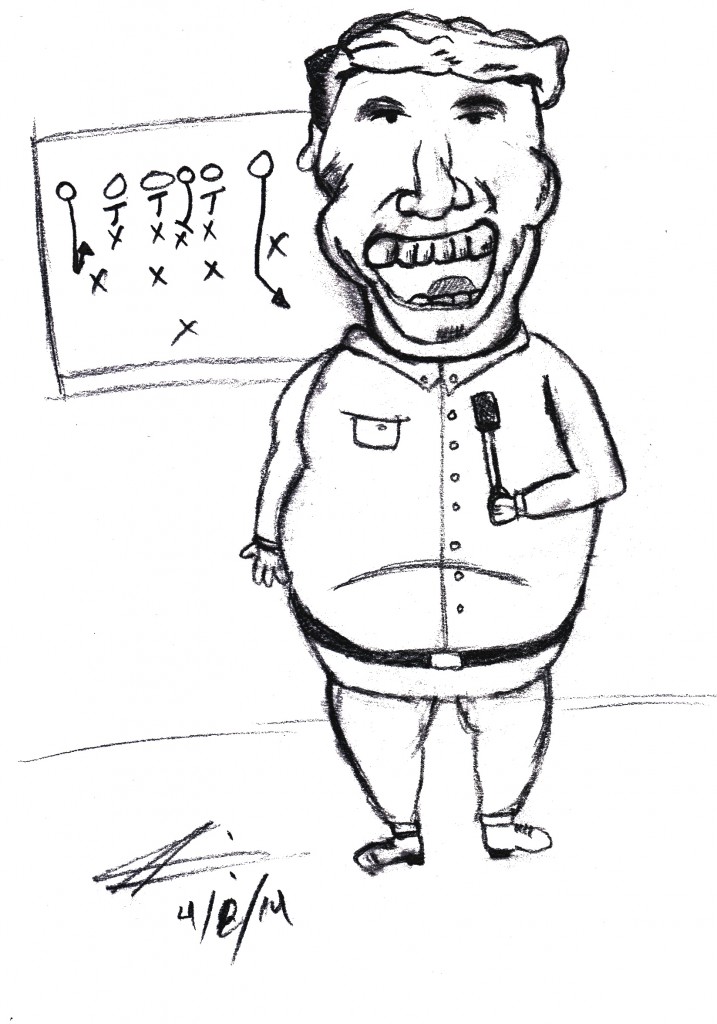
Most people associate sports and athleticism with men. However, there is reluctance to women sharing the same spotlight as men.
More women are making groundbreaking achievements in the sports world, such as the first women’s ski hill jump in this year’s Winter Olympics in Sochi. More women are showing up to sporting events to catch the game’s best hit or scoring play, not just as fans but also as reporters. However in a society that deems itself as anti-discriminatory, women in the sportscasting industry are still being viewed as the ‘Barbie dolls’, regardless of their education, athletic background, knowledge or passion for sports. They’re underpaid, undervalued, underestimated and overworked.
One case involved Lisa Olson of the Boston Herald who found herself surrounded by a group of New England Patriots making aggressive and vulgar comments at her. Her home was later burglarized, her car tires were slashed and she received death threats.
A study done by Walter Gant and Lawrence Wenner in Men, Women and Sports: Audience Experiences and Effects, surveyed just over 700 people, 50 percent of the men expressed that they were considerably interested in sports. Close to 24 percent of the women said the same.
Even though more men show interest in sports than women, there’s no reason why women shouldn’t be able to obtain the same opportunities as men in a career of sports broadcasting.
Even though there are currently more women being employed in the industry than ever, approximately 90 percent in the industry are white men. In 2013, the Women’s Media Center released a report titled “The Status of Women in the U.S. Media” showing the percentages of men and women working in the industry. The report found 94 percent of sports editors were men, 90 percent of columnists were men, and 89 percent of reporters were men.
To make matters worse, that small percentage of women in the industry will have a career that will last no more than 10 years and most of them won’t reach a management position.
Not only are the percentages of men over women in the industry deplorable, the experiences that women have behind the scenes are mind blowing. Women don’t hold employment for more than ten years because of the pressure to look younger and better than their competition. At the age of 46, Leslie Visser, who was a host for ABC’s Monday Night Football, was replaced by Melissa Stark, who was only twenty-six. Donna De Varona, another ABC host and former Olympic swimmer, filed a $50 million age and gender discrimination lawsuit against ABC.
De Varona believed that replacing a woman because of her age takes away the public’s ability to watch women grow into seasoned sports journalists. Newsrooms are bombarded with emails about a reporter’s hairstyle or outfit, yet men don’t receive any of this negative attention. Not only are women hassled from the newsroom but they’re harassed by the athletes in locker rooms too.
This evidence shows that women are being hired as sports broadcasters for other reasons besides their knowledge in sports. It’s alarming that 90 percent of the industry is men.
Yet even when a report card is provided proving that these broadcasting networks are failing at being fair toward race and gender year after year there is still nothing being done to make it better.
If women can’t be a reporter for more than 10 years then they should at least be given the opportunity to work in a management position, where their lipstick and heels are not required. Unfortunately this is a problem that has been swept under the rug for years and it looks like women are going to be the ones expected to clean up the mess.
Image Sources
- madden_drawing copy: Illustration by Javier Perez/The Telescope. | All Rights Reserved
